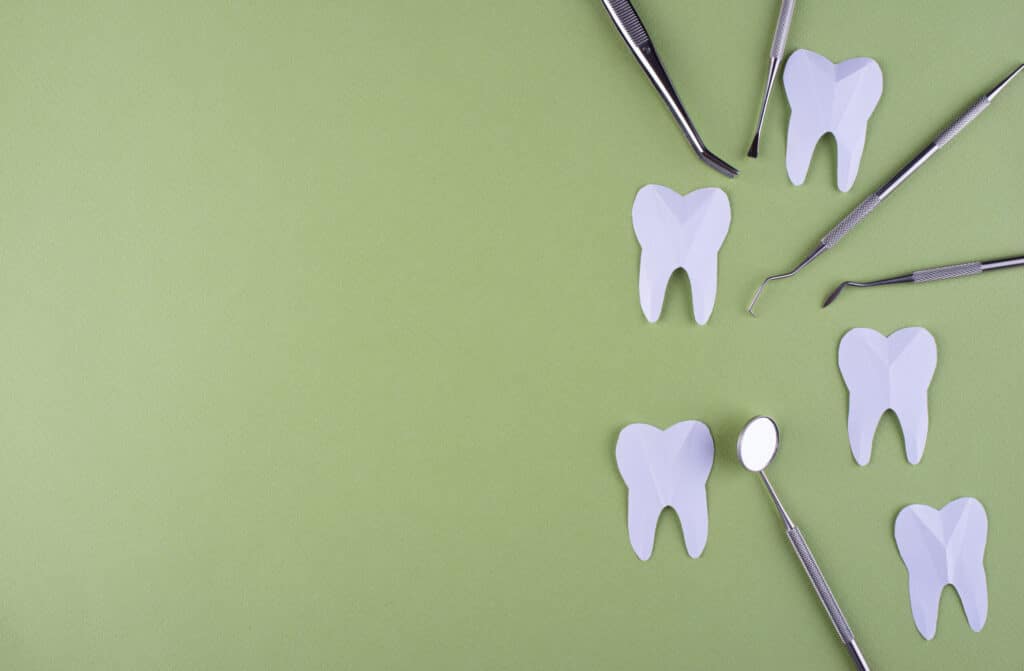TL;DR – Listen to the article post:
Selling a dental practice is one of the most significant decisions a dentist will make in their career. Perhaps only trumped by the decision to become a practice owner in the first place. How and when you sell your practice will have major financial and lifestyle implications.
Whether you’re looking to retire and step away from dentistry completely, create meaningful liquidity, or simply reduce your clinical and managerial responsibilities, selling a dental practice requires careful planning.
This is a short excerpt of The Dentist’s Guide to a Successful Practice Transition E-Guide. The full guide dives deeper into the different considerations between selling privately vs to a DSO, the financial independence number, and the key questions to ask yourself before selling.
Download the FULL e-guide
How to Prepare for a Dental Practice Sale?
Any successful dental practice transition starts with preparation. It’s never too early to start thinking about how and when you want to sell your practice.
One of the most common mistakes dental practice owners make is waiting too long to begin the process. Selling a practice involves much more than finding a buyer; it’s about positioning the practice as an attractive target for acquisition.
The typical timeline for selling a dental practice looks something like this:
- Prepare the Practice (1-2 years)
- Position the practice to be ready for a sale.
- Take the Practice to Market (2-4 months)
- Find a potential buyer using a broker, a practice marketplace, or your own network.
- Due Diligence & Closing (3-8 months)
- Present a letter of intent (LOI), corroborate the practice’s financials, and negotiate and sign a purchase agreement.
- Post-Sale Work Period (2-3 years)
- Staying on as an associate to help with the transition or fulfilling a work-back requirement.
Ideally, you should begin an in-depth exit strategy 1-2 years before you plan to sell. Many owners will wait until they’re burnt out or the practice is showing signs of underperformance before considering a sale. However, this approach can lead to lower valuations and a more difficult sale process. To avoid this, start thinking about your exit strategy early, even if you’re not ready to sell yet.
A good place to start is to be as organized as you can. You should know where the practice currently stands by having these key documents organized and available:
- Financial Records: Income statements, balance sheets, and tax returns for the past 3-5 years.
- Patient Records: Organized patient lists, active patient counts, and retention rates.
- Staff Contracts and Employee Records: Employee handbooks, contracts, compensation details, and any other HR-related documentation.
- Lease Agreements: If you’re leasing your practice location, have the lease agreement and any terms regarding extensions, increases, or buyouts ready for review.
- Legal Documents: Any contracts or legal obligations associated with the practice, including business licenses, certifications, or any litigation records, should be well-organized.
Not only will getting organized in advance help you make adjustments to improve your valuation, but it will also signal to buyers that you are running a well-oiled machine with intention.
Preparing for a successful practice transition takes time and strategic planning. Start early, get organized, and focus on making your practice as attractive as possible to potential buyers. This will help you get the maximum value out of the business you’ve worked so hard to build over the years.
What are the Tax Implications of Selling a Practice?
Another important aspect of selling a dental practice is knowing what your net walk-away number from the sale will be. This is the amount of money you get to keep from the sale, and yes, it’s often quite a bit less than the full sale price.
Many dentists are surprised to find that after paying back debt on the practice, third-party fees, equity roll-up (if selling to a DSO), and of course, taxes, there’s not nearly as much cash left over in their bank account as they had originally imagined.
Since taxes will likely be the largest expense associated with the transaction, let’s take a deeper dive into how a practice sale is taxed.
The proceeds from a practice sale will usually be broken down into categories like goodwill (the intangible value associated with the reputation of the practice), tangible assets (dental equipment, furniture, etc.), patient lists, and any accounts receivable. Each of these components may have different tax implications but in general, the majority of the sale will be subject to capital gains tax.
Capital gains tax is different from and more favorable than ordinary income tax. Capital gains tax rates range from 0% to 20% depending on your income; however, due to the size of the practice sale, your income will almost always be in the 20% capital gains rate.
Aside from capital gains, any tax savings you’ve received over the years by depreciating your practice or equipment will be “recaptured” and taxed at higher ordinary income tax rates (up to 37%) when you sell. This is called depreciation recapture.
For example, let’s say you bought a dental practice for $500,000 and sold it 20 years later for $1,500,000. You also took $200,000 worth of depreciation deductions over the years.
The $1,000,000 gain would be taxed at capital gains rates (20%) resulting in $200,000 of taxes owed. The $200,000 in depreciation deductions taken would be recaptured and taxed at your ordinary income tax rate (likely 37%) resulting in an additional $74,000 of tax liability.
In total, you’d owe $274,000 in taxes the year of the sale. Meaning your take-home would be $1,226,000, not the original $1,500,000.
Whether you decide to take the proceeds upfront or choose to do seller financing and get the payments over time, the tax implications are the same. Any interest income from the loan will be taxed at ordinary income rates, while the principal portion of the payments will still be taxed at capital gains rates.
It’s essential to understand the tax implications of selling a dental practice and to plan accordingly to avoid any unwanted surprises.
Conclusion
Selling your dental practice is not just a financial transaction—it’s a pivotal life decision.
Whether you’re seeking more time, less stress, a different career, or retirement, the transition requires thoughtful preparation and a clear vision of your future. By starting the planning process early, organizing your practice, and understanding both the financial and emotional aspects of the sale, you can ensure that your exit is aligned with your goals.
Be sure to enlist a team of professionals who can help guide you through the process.
Having a broker, transition consultant, attorney, accountant, and financial advisor you can trust goes a long way in making the transition more comfortable and the planning process easier to manage.
This is a short excerpt of The Dentist’s Guide to a Successful Practice Transition E-Guide. The full guide dives deeper into the different considerations between selling privately vs to a DSO, the financial independence number, and the key questions to ask yourself before selling.
Download the FULL e-guide




